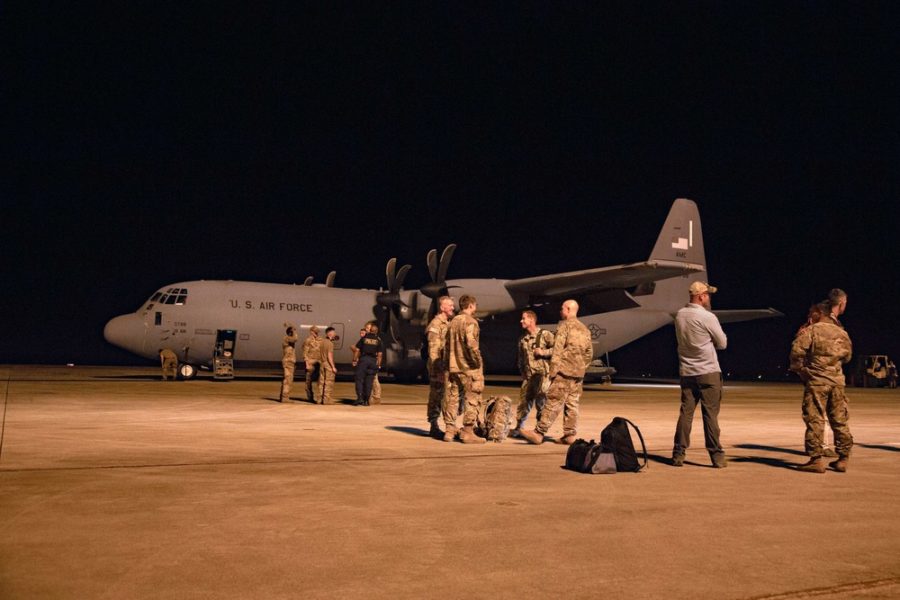U.S. Southern Command wrapped up its humanitarian mission to Haiti on Sept. 3, flying the last of 671 missions after the island nation was ravaged by an earthquake and tropical storm.
The logistics were achieved thanks to the Arkansas Air National Guard’s 188th Wing, the Puerto Rico National Guard’s aviation unit, Special Operations Command-South, U.S. Joint Task Force-Bravo in Honduras, and SOUTHCOM’s own assets, none of which were deployed globally at the time.
“We had all components on deck,” said SOUTHCOM Commander Adm. Craig S. Faller, who is due to hand over command in October, in a statement. “Less than 24 hours after the earthquake, the U.S. Coast Guard began lifesaving efforts and delivery of aid, a testament to the urgency with which we come to help our partners in their time of need. Our Task Force worked around the clock to save lives.”
SOUTHCOM spokesman José Ruiz told Air Force Magazine military assistance was crucial in the early stages of the relief operation.
“As those disaster-relief missions progress and more experienced experts arrive to aid longer-term recovery and reconstruction, U.S. military capabilities are no longer requested, and roles previously performed by military units and troops are assumed by other, more experienced relief organizations,” he said.
Helicopters were delivered from JTF-Bravo; situational awareness teams deployed from SOC-South; and helicopters assisted from the Puerto Rico National Guard along with C-130s from the Arkansas Air National Guard.
The Marine Corps, Navy, and Air Force deployed personnel and assets, including the USS Arlington, Billings, and Burlington, as well as MV-22 Ospreys.
Ruiz said the timely disaster response helped rescue more than 477 people and delivered nearly 600,000 pounds of aid.
Trouble began on the Caribbean island when a magnitude 7.2 earthquake struck Aug. 14, killing 2,200, followed two days later by the fierce winds and rain produced by Tropical Storm Grace.
Joint Task Force-Haiti stood up Aug. 15 and was led by Rear Adm. Keith Davids with the Coast Guard providing search and rescue in remote areas; the Army, Navy, and Puerto Rico National Guard delivering helicopters; and Air Force C-130s providing airlift and logistics capabilities throughout the mission.
In all, the DOD response entailed 19 helicopters, six ships, eight transport aircraft, and 1,200 personnel. In Haiti, the U.S. delivered food, water, and medical supplies with several hundred flights.
The humanitarian response now turns over to USAID to provide food, shelter, and health care to affected areas.
